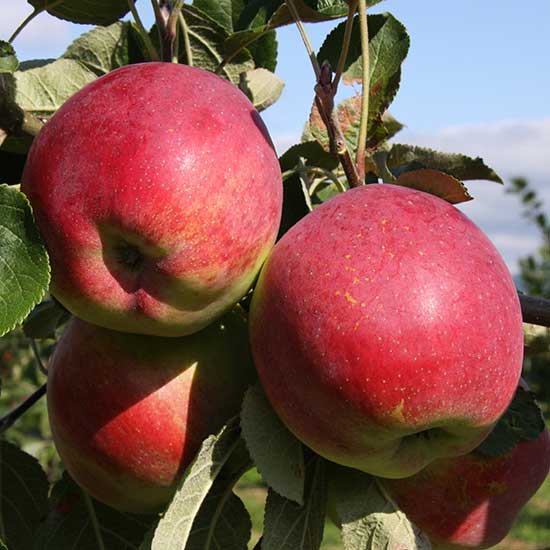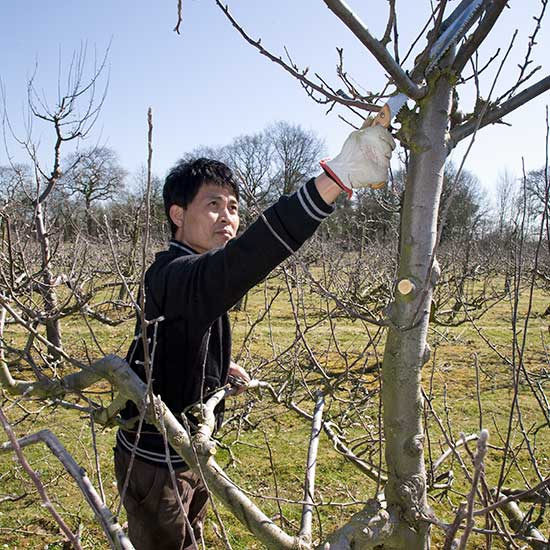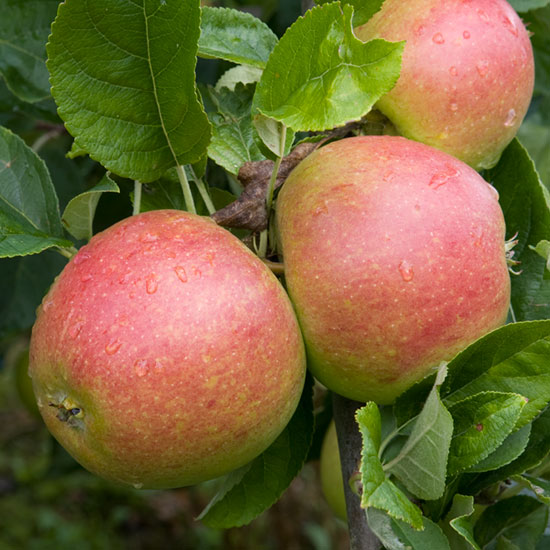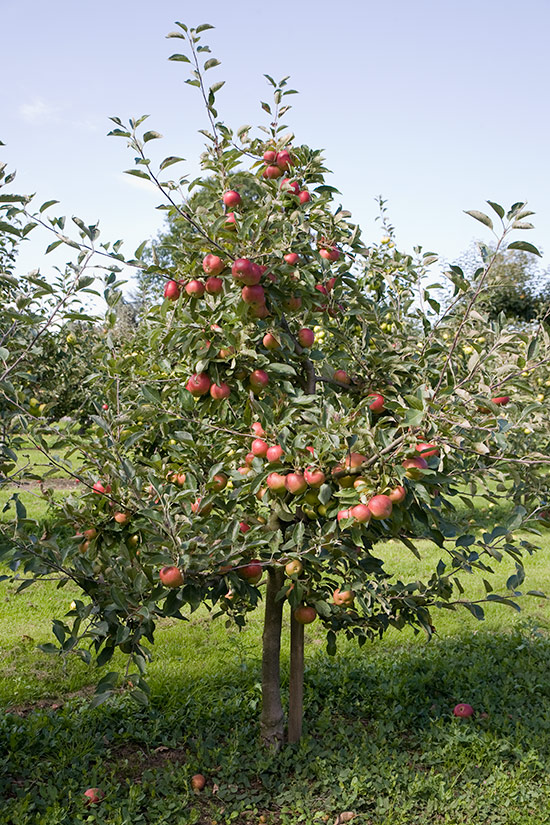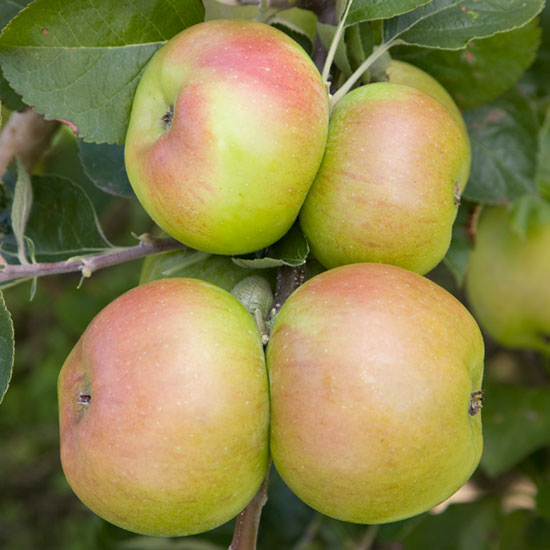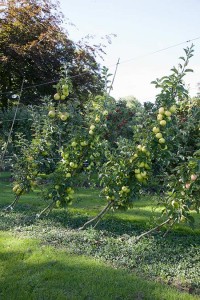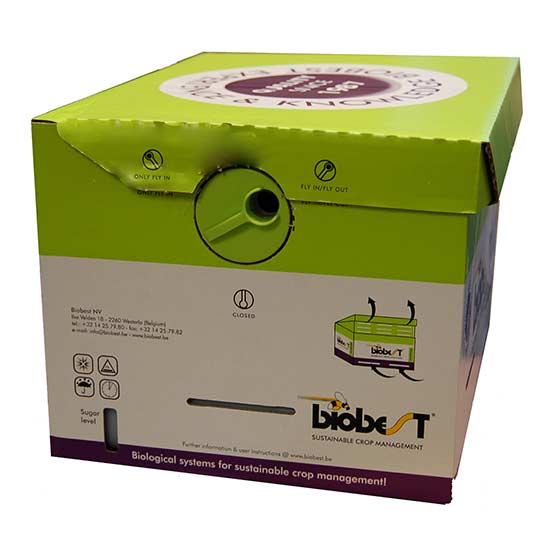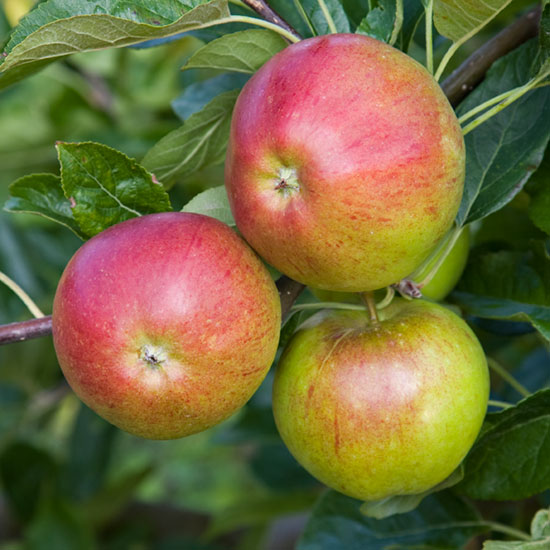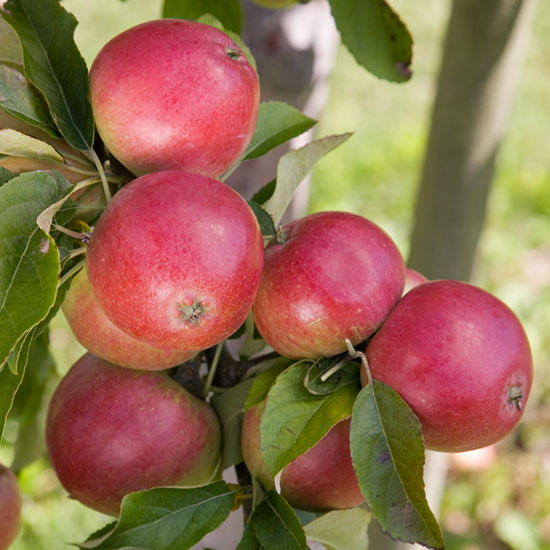Introducing ‘Eden’, The Non-Browning Apple
The new apple variety ‘Eden’ has one distinct benefit that we’re really excited about! It has flesh that is very, very white and the flesh holds its colour for 1–2 days after cutting; in other words it is non-browning. Continue reading

